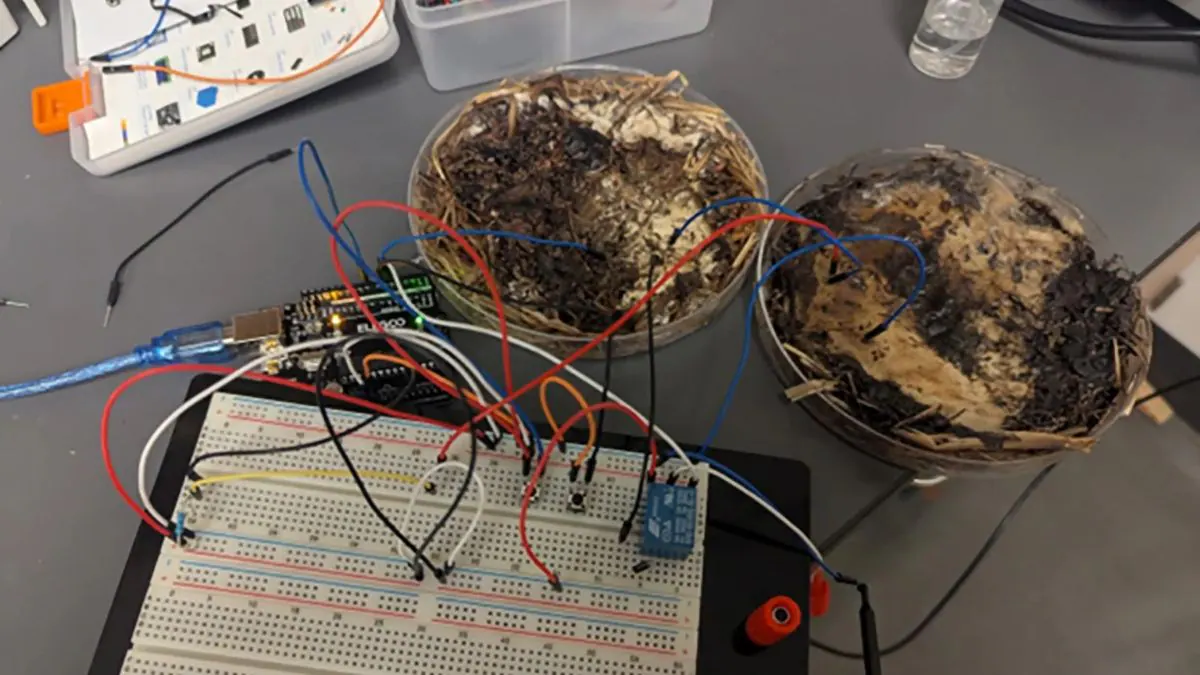Copyright Fast Company

AI is rewriting business rules so quickly that leaders are struggling to keep pace. A McKinsey survey makes the scale of disruption clear. Most executives expect that up to half of their employees will need retraining or replacing within the next five years. A significant share thinks the number will be even higher, and more than a third say their companies aren’t ready to handle those gaps. What I’ve learned watching industries transform is that technology rarely destroys on its own. The real fracture comes when leaders chase headlines instead of strategy or cling to models that no longer reflect how people live and work. From music halls in Europe to digital rights debates in global media, I’ve seen disruption force choices that reveal a company’s core. Those that last aren’t the fastest adopters. They are the clearest about why they exist, and they align the use of new tools with that purpose. THE LANDSCAPE KEEPS SHIFTING The speed of change is relentless, and no leader is insulated from it. Gartner’s latest emerging technologies report warns that hype cycles are still pulling executives into missteps such as overcommitting to tools that never mature while starving the core systems that keep a business running. The shift isn’t just technical. Consumer expectations are moving just as fast. Audiences want personalization in real time, whether it’s in streaming, shopping, or healthcare. Employees want flexibility and meaningful work, not just paychecks. Leaders who treat disruption as a side project miss how deeply these forces cut across culture, operations, and trust. Subscribe to the Daily newsletter.Fast Company's trending stories delivered to you every day Privacy Policy | Fast Company Newsletters I’ve sat with founders who admitted that their biggest challenge wasn’t knowing what AI could do but knowing which problem to solve first. Complexity, not ignorance, is the real barrier. THE COST OF CHASING HYPE I’ve watched companies jump into every new tool, hoping it would be the silver bullet. It rarely ends well. Teams burn out from constant pivots. Customers see through the gimmicks, and investors lose patience when the numbers don’t follow the headlines. McKinsey’s research on operating model redesigns underscores the difference discipline makes. A decade ago, only about half of organizational redesign efforts were implemented. Today, nearly eight out of ten reach completion, and more than 60% achieve their objectives. When adoption is tied to purpose, the change has room to take root. Without that connection, even the strongest tools lose their power and end up adding to the noise. The irony is that in chasing speed, leaders often slow themselves down. Culture erodes. Focus drifts. Energy is wasted. By the time the next wave hits, the organization has lost the resilience it needs to adapt. A BETTER WAY TO APPROACH ADOPTION Over time, I’ve settled on a discipline that helps leaders avoid the trap of hype-chasing while still staying innovative. It’s straightforward but powerful. Start small. Run a trial project in one part of the business before making a big commitment. That way, you get proof of what works in your context, not just in someone else’s case study. Tie every experiment to your core goals. If a technology tool doesn’t help you deliver on what already defines your value, whether that’s trust, speed, creativity, or scale, don’t chase it. Measure ROI in outcomes that matter. Sometimes that’s revenue, but it can also be time saved, errors reduced, or credibility gained. Define it early and track it honestly. This isn’t about resisting disruption. It’s about creating the conditions where adoption strengthens your foundation instead of shaking it. advertisement ADOPTION THAT LASTS The media industry stands out because it has been forced to adapt under relentless change. Streaming broke apart distribution models. AI is now pushing production into overdrive. However, behind the headlines, the same old problem remains: Who owns what, and how can that value be shared fairly? Take Media Industry Licensing Content (MILC) for example. They saw the future coming and pivoted to building a blockchain-powered marketplace where rights can be tracked and traded transparently. Where blockchain and metaverses were once just buzzwords, they have now become the life-saving raft that businesses need to stay afloat in this new age of AI and media. HOW TO LEAD THROUGH UNCERTAINTY I know firsthand what it means to reinvent in the middle of disruption. When I lost my visa in Europe and had to leave behind a thriving singing career, I faced a choice: Wallow or rebuild. Reinvention didn’t mean abandoning my identity. It meant reframing it. That same principle applies to organizations. Gallup’s recent workplace research shows many companies stumble at implementing AI. Only a small share of employees say their organization has laid out a clear AI strategy, and even fewer feel confident they’re ready to use the tools. It’s a reminder that reinvention isn’t just about adopting new systems. It’s about making sure people understand the shift and feel equipped to move with it. The leaders who thrive through disruption don’t chase every trend. They create space for their teams to experiment, to learn, and to adapt—but always anchored to a clear sense of purpose. FINAL THOUGHTS Complexity is only going to grow. AI will expand. Consumer behavior will keep shifting. Regulation will continue to reshape the playing field. However, clarity about mission, values, and culture remains the one advantage that doesn’t expire. When I think back to my early performances as an opera singer, the technique was imperfect, but the intention was pure. Every note was fueled by love for the craft, not applause. That purity of intention is what leaders should hold onto as they navigate disruption. Ultimately, the tools will change. The noise will grow louder. What carries you forward is knowing exactly why you’re here in the first place. Victoria Chynoweth is a journalist, speaker, and opera singer.



